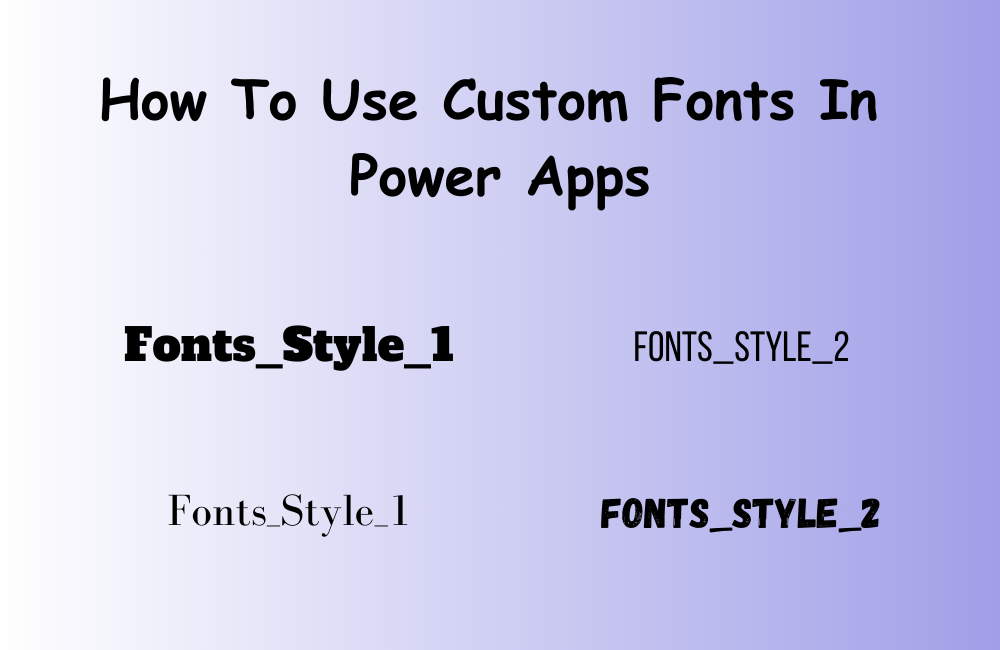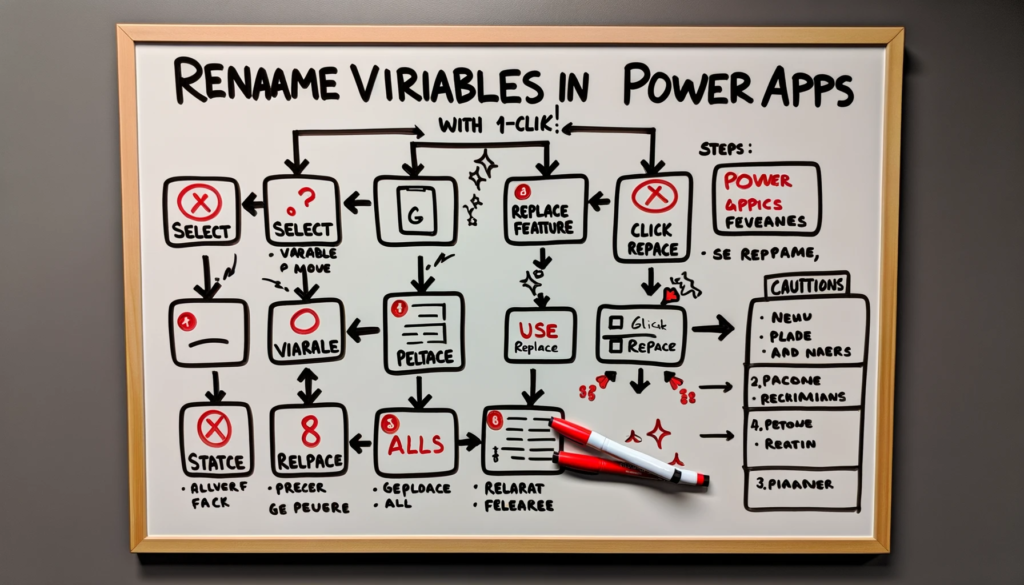Guide to Removing Trailing Characters in Excel
In today’s data-driven world, managing and formatting string data efficiently is crucial. A common challenge faced by many is the need to eliminate or trim specific characters from the beginning or end of a string in Excel. This blog post provides an in-depth guide on achieving this with ease.
Methods to Trim Characters in Excel
Below are various techniques to remove characters from strings, focusing primarily on leading and trailing characters:
1. Removing the Last Character
Often, there’s a need to get rid of the final character in a string, especially when dealing with extraneous commas or semicolons. Here’s a method:
//Removing the last comma:
//"Apples, Bananas, Oranges,"
With({newInput: "Apples, Bananas, Oranges,"},
Left(newInput, Len(newInput) -1)
)
Note: If the string has trailing spaces, this might not work as anticipated. In such cases, utilize the TrimEnds function:
//Ignoring trailing spaces:
//"Apples, Bananas, Oranges, "
With({newInput: TrimEnds("Apples, Bananas, Oranges, ")},
Left(newInput, Len(newInput) -1)
)
2. Removing the Specified Number of Characters from the End
To remove a certain number of characters from the end of a string:
With({newInput: "2022-02-01T18:35:50.901Z"},
Left(newInput, Len(newInput) - 14)
)
3. Removing the Initial Character
If you need to remove the first character from a string:
With({newInput: ", Apples, Bananas, Oranges,"},
Right(newInput, Len(newInput) -1)
)
Again, watch out for leading spaces and use the TrimEnds function if needed:
With({newInput: TrimEnds(" , Apples, Bananas, Oranges, ")},
Right(newInput, Len(newInput) -1)
)
4. Removing Specified Number of Characters from the Start
To trim n characters from the beginning of a string:
With({newInput: "Name:Tim"},
Right(newInput, Len(newInput) - 5)
)
5. Eliminating Specific Characters from the Start
There are several ways to remove a set of leading characters. One method is:
With({
newInput: "00065896",
prefixTrim: "000"
},
If(StartsWith( newInput, prefixTrim),
Right(newInput, Len(newInput) - Len(prefixTrim)),
newInput
)
)
6. Eliminating Specific Characters from the End
Lastly, to remove a set of characters from the end of a string:
With({
newInput: "52698 EUR",
suffixTrim: "EUR"
},
If(EndsWith(newInput, suffixTrim),
Left(newInput, Len(newInput) - Len(suffixTrim)),
newInput
)
)
Reference:
Some Relevant Insights
“Mastering ‘Excel Trailing Characters Removal’ can streamline your data management tasks. Whether it’s for cleaning up lists or prepping data for analysis, understanding how to remove unwanted characters at the end of your Excel cells is essential. With our comprehensive guide, you’ll be trimming strings like a pro, ensuring your spreadsheets are accurate and your data is presented cleanly.”
Conclusion
We’ve explored multiple formulas to trim characters from strings in Excel, particularly leading and trailing ones. These techniques can greatly enhance the cleanliness and accuracy of your data. If you have any questions or need further technical support, don’t hesitate to contact us. Our team is ready to assist you!






